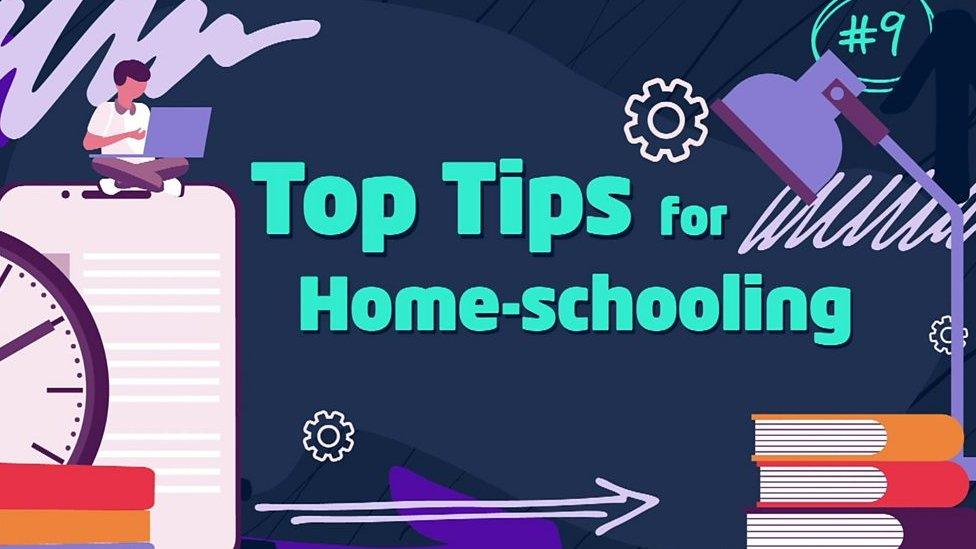'Urgent' government action on coronavirus transmission needed, say teachers
- Published
- comments
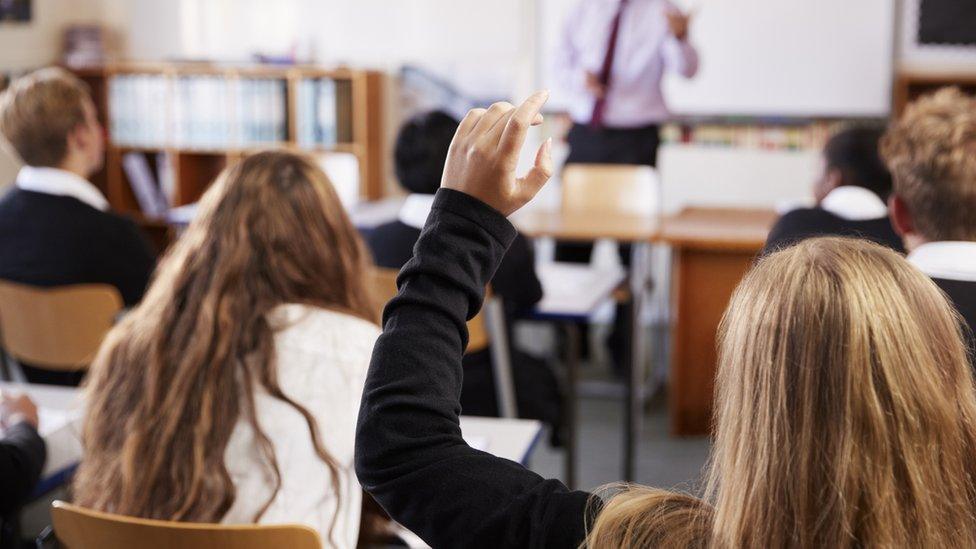
Teachers are calling on the government to take "urgent action to help break the chain" of coronavirus transmission in schools.
The NASUWT - which represents more than 300,000 teachers - has told Newsround that the government needs to introduce more regular testing at schools.
It said this was needed because a lot of secondary school students have stopped testing at home and the new 'Delta' variant has been spreading really quickly.
The Department for Education said it has written to secondary schools asking them provisionally to prepare to offer on-site testing after the summer break.
It comes as the latest figures from the government revealed that more than 375,000 pupils - about one in 20 - were out of school for Covid-related reasons, up by more than 130,000 in a week.
Here is everything you need to know about the bubble system and why it's causing so many pupils to be off school.
What is a bubble?
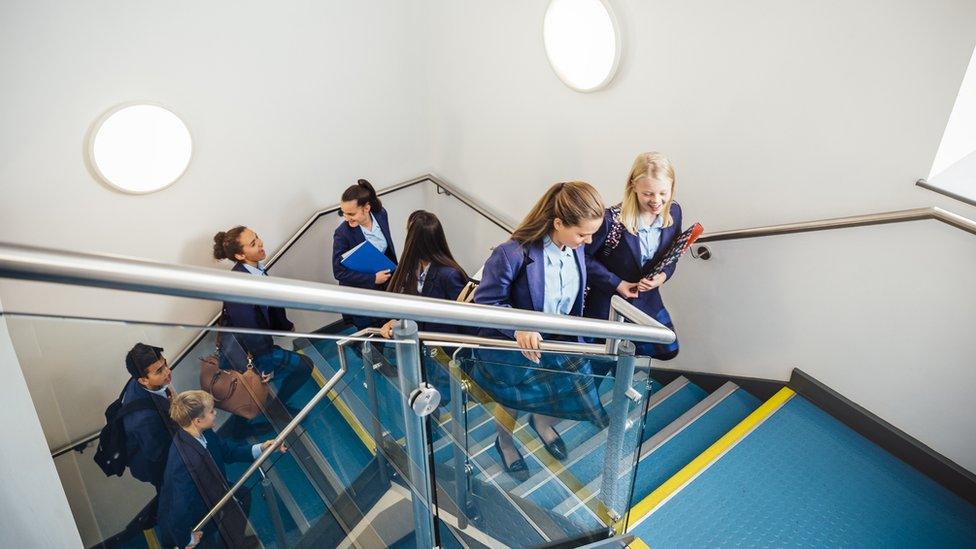
Students have been put into bubbles to limit interaction with other pupils
Lots of primary and secondary school children will now be very familiar with the concept of school bubbles.
A 'bubble' is made up of a specific group of pupils who only have contact with one another throughout the school day.
Students will stay with their bubble during their different lessons and during play and lunch times and contact between bubbles is limited to help stop the spread of the coronavirus.
Bubbles can be different sizes depending on the school, with some schools opting for whole class or year group bubbles and others putting their students in much smaller groups to help reduce mixing.
What happens if someone in a bubble tests positive?
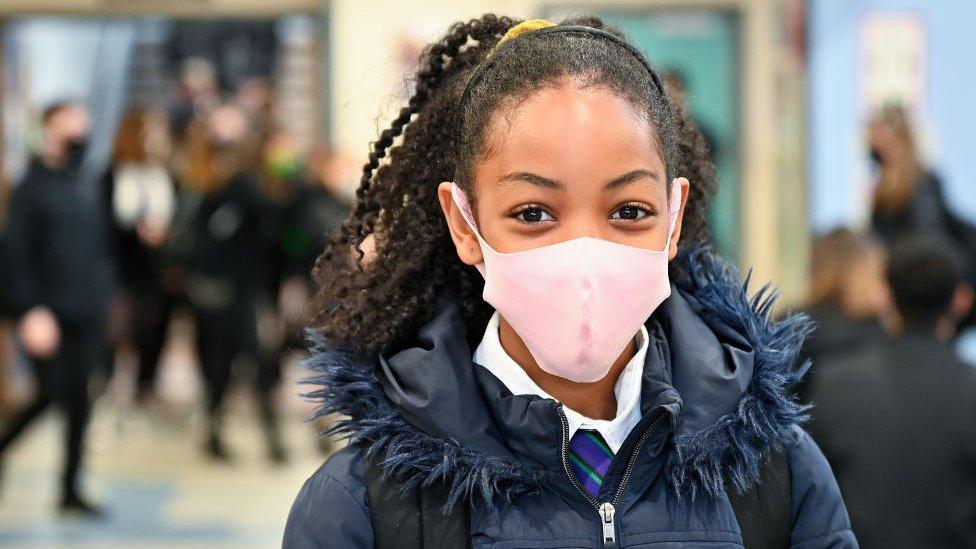
If a student in a particular bubble tests positive the bubble 'bursts' and that student is required to self-isolate at home for 10 days along with any other pupils in their bubble. These students have to continue with their learning at home.
However, there have been some concerns raised when it comes to the rules around bubbles and how they work.
The current government guidelines gives schools the power to decide the sizes of the bubbles which they think will work best for their students and teaching staff.
Schools across the UK can be very different when it comes to the size of their physical locations, how many pupils they have attending and how easy it is for social distancing measures to be put in place.
These factors all affect how each individual school chooses to organise its bubbles, but this also has an impact on the number of children impacted if someone in their bubble tests positive for the coronavirus.
If a whole year group of more than one class is in a bubble it means lots more pupils are affected when the bubble pops than when the bubble is a smaller group.
How many kids have been affected?
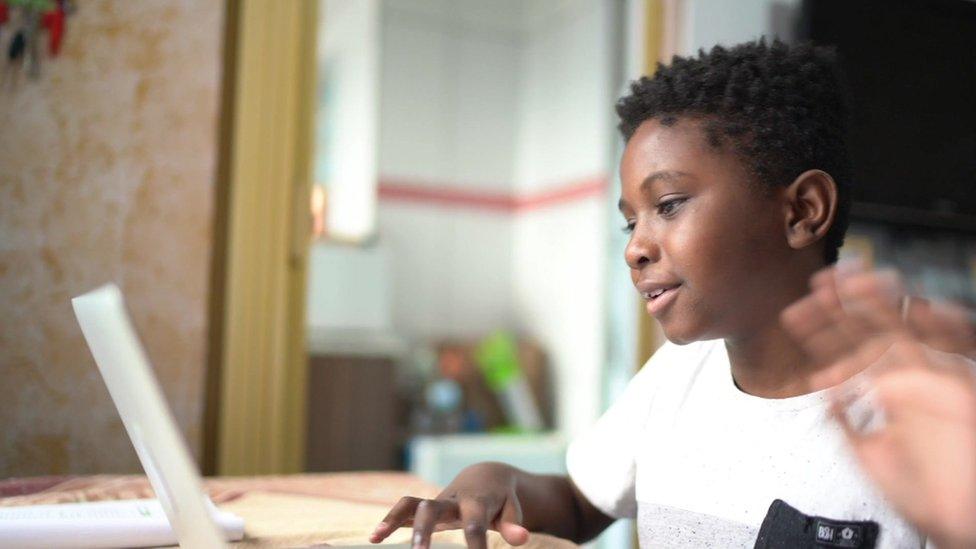
The latest figures from the government show that more than 375,000 pupils - about one in 20 - were out of school for Covid-related reasons, up by more than 130,000 in a week.
Absences have quadrupled during June, and this the highest number of covid-related absences since children went back to school in March.
Of those pupils isolating, here is the government's breakdown:
15,000 pupils at home who are confirmed Covid cases
24,000 suspected cases
279,000 self-isolating due to potential contact in school
57,000 self-isolating due to potential contact in the community
5.1% of pupils absent from Covid, up from 1.2% on 10 June
13% absent in total, including non-Covid
What do teachers say?
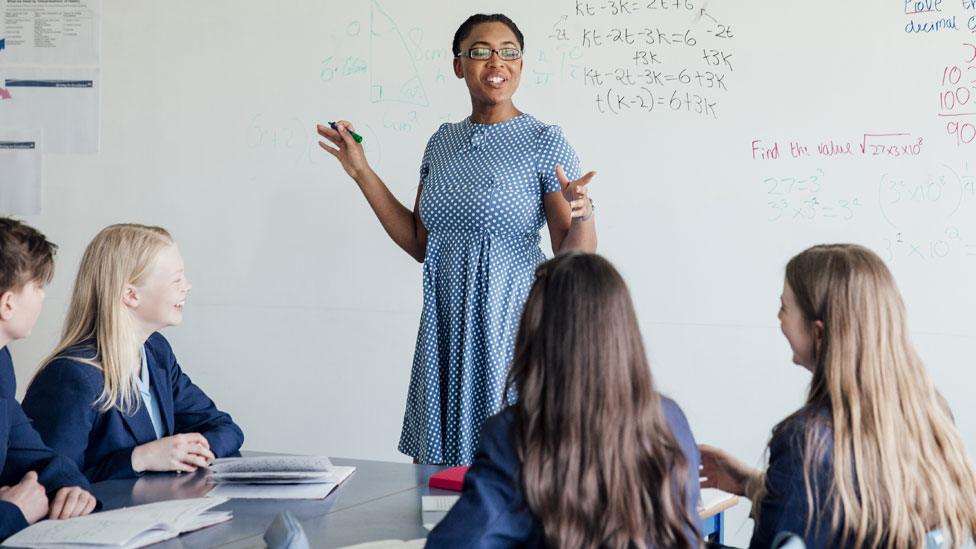
The NASUWT has called on the government to introduce more on-site coronavirus testing in schools.
It told Newsround this was needed because fewer pupils have been doing home testing.
Dr Patrick Roach, NASUWT General Secretary, also stressed the importance of keeping everyone safe: "The rising number of Covid-19 cases amongst children and young people as a result of the rapid spread of the Delta variant risks once again disrupting pupils' education.
"Safety must always come first. Keeping pupils in school if they have had close contact with someone with the virus could put many more young people at risk of catching the virus or being forced to self-isolate."
'We need a proper plan by the government now'
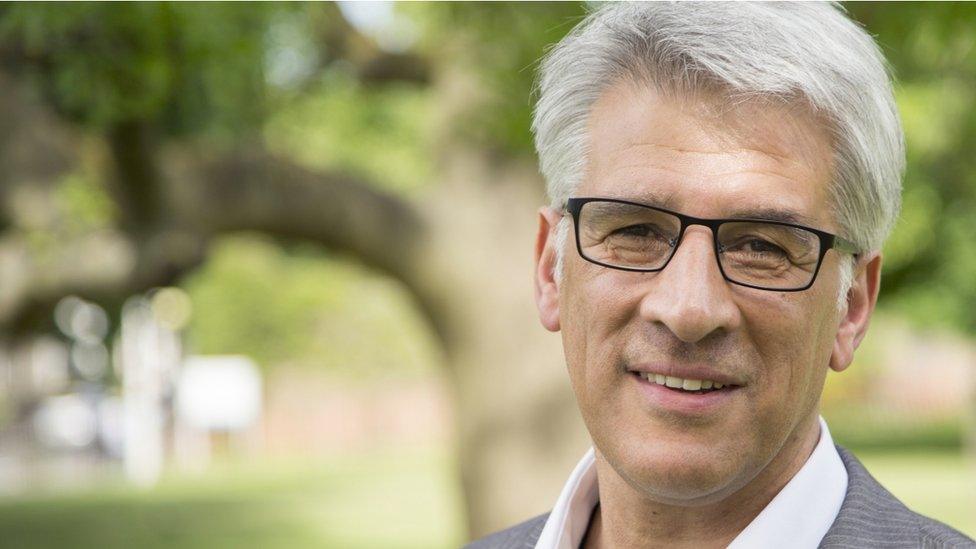
School leader Steve Chalke thinks the answer to stopping more transmission at schools is wider testing
School leader Steve Chalke - whose organisation, Oasis Trust, runs 53 free schools in the UK - told Newsround that rapid flow tests need to be introduced into all secondary schools.
He said 10% of pupils from his schools have had to isolate due to coronavirus bubbles.
"The health workers I've spoken to say this won't peak until the end of August - it's going to stretch on until next year so we need a proper plan by the government. We need a testing regime and assessment regime in place for the start of beginning of the new school year," he said.
He also said that, in his view, the vaccine should be offered to all secondary school pupils.
'Bubbles should end as soon as possible'
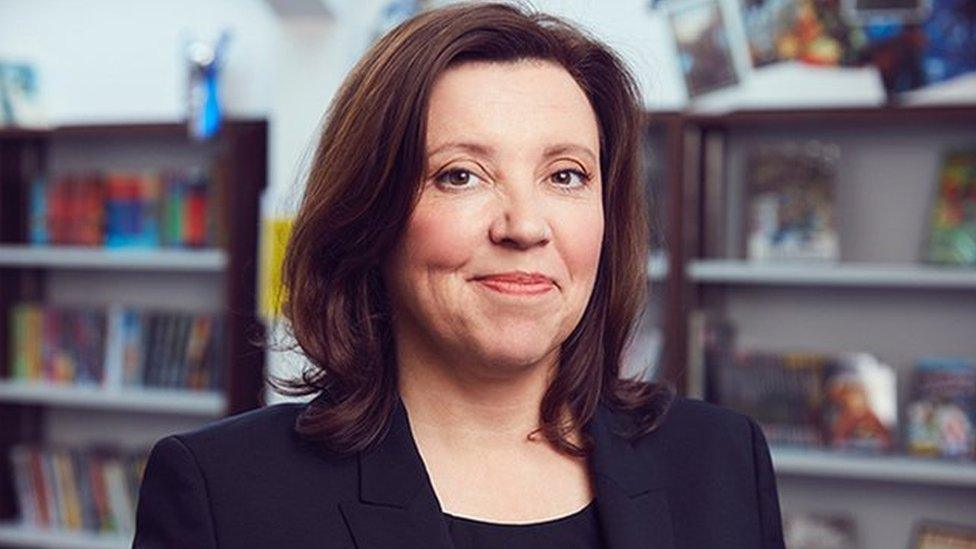
England's children's commissioner, Dame Rachel de Souza, said it's really important for children to get back to normal as lockdown restrictions have been a "real trauma" for many young people.
"With bubbles, I think everybody would like it if we could get back to normal, as soon as possible. Obviously we have to be safe, and we have to take advice, but it's very very restrictive," she said.
What does the government say?
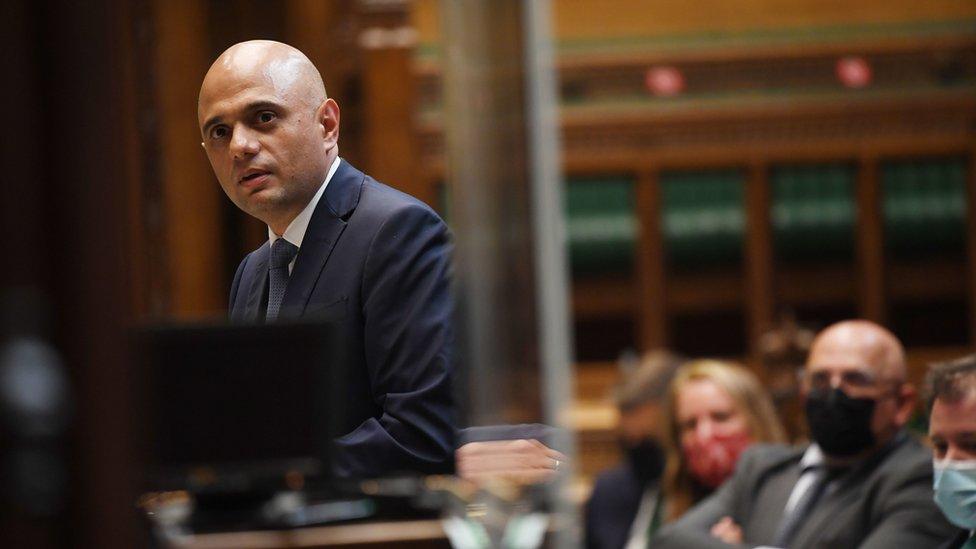
The new Health Secretary, Sajid Javid, spoke about the issue in the House of Commons on Monday
Speaking in parliament on Monday, the new health secretary, Sajid Javid, said he would address the issue because it's "having a huge knock-on impact" on children's education.
He said he had asked the Department for Health and Social Care for "fresh advice" and that he would discuss it with the education secretary "to see what more we can do".
The Department for Education told Newsround it's trialling daily contact testing as a replacement for self-isolation at a number of secondary schools and colleges in England.
The trial is due to finish at the end of this week, and ministers are not expected to make a final decision on self isolation until the results have been examined.
A government spokesperson said: "Schools across the country continue to have robust protective measures in place to break chains of transmission of the virus, including regular twice weekly testing and keeping pupils in smaller group bubbles.
"We remain committed to prioritising education as we have done throughout the pandemic, and will share details on the approach to protective measures and test and trace in schools for the autumn term in due course."
The Scottish government is reviewing its approach to self-isolation for school children, who return to lessons in August.
In Wales, the education minister has said he is looking at best practice to ensure the number of pupils isolating is not disproportionate.
- Published22 June 2021
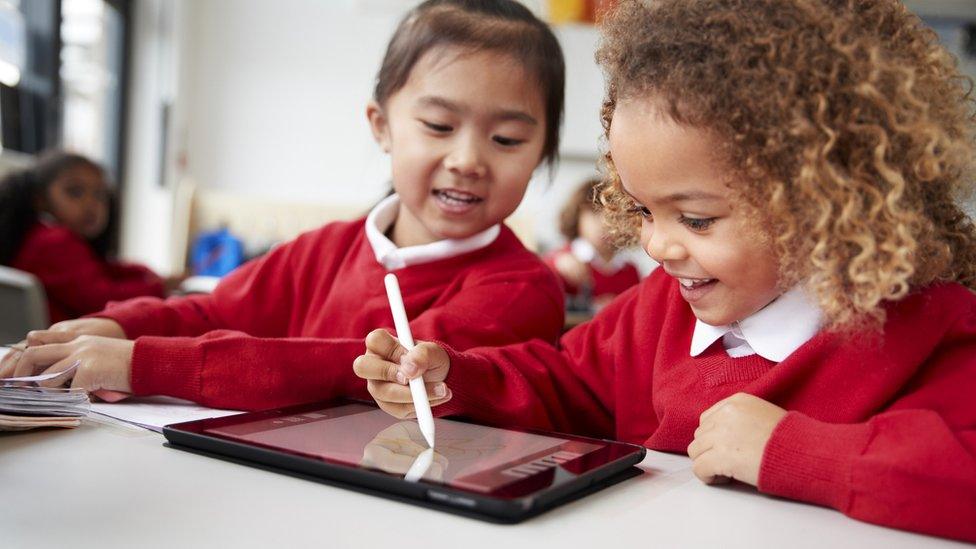
- Published5 May 2021
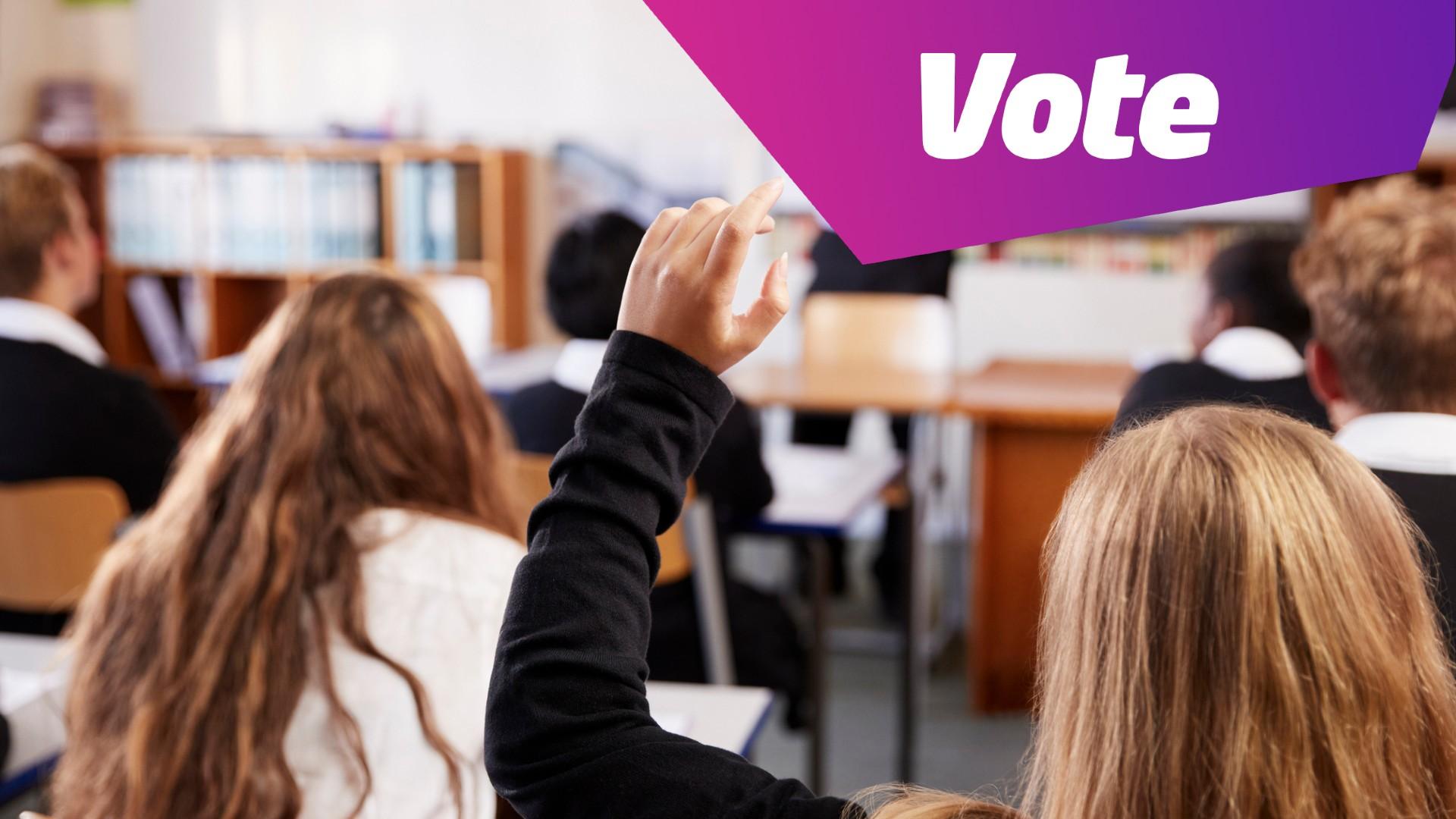
- Published21 January 2021
